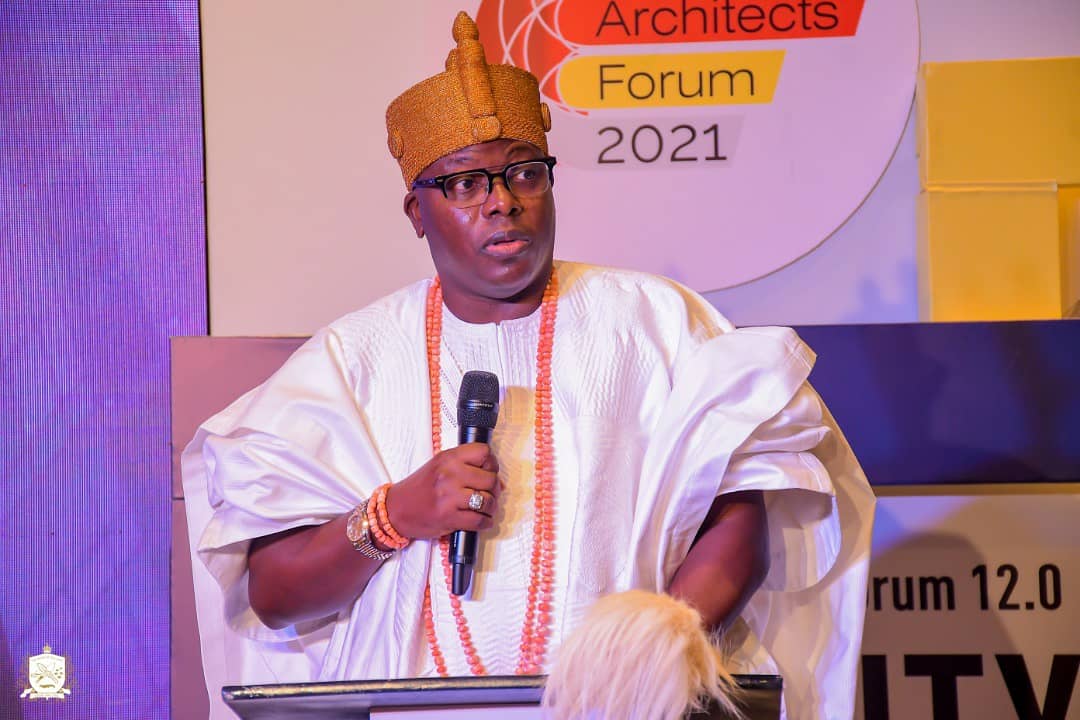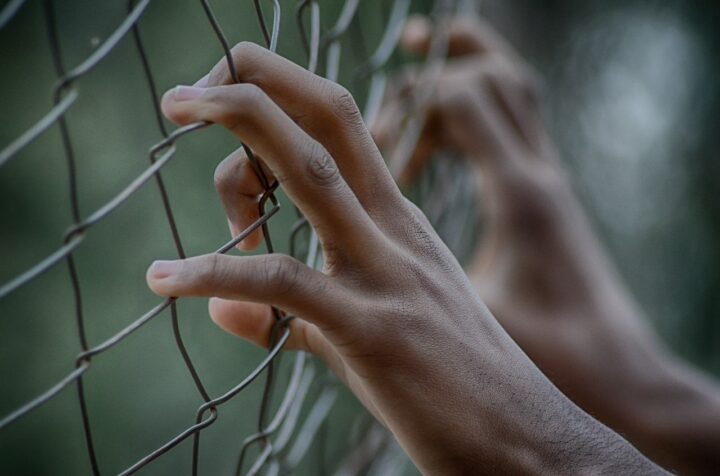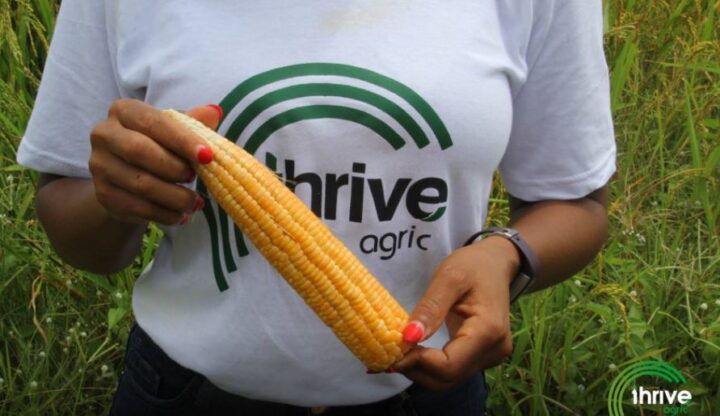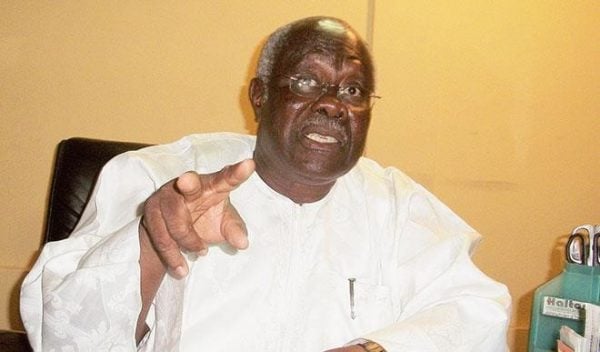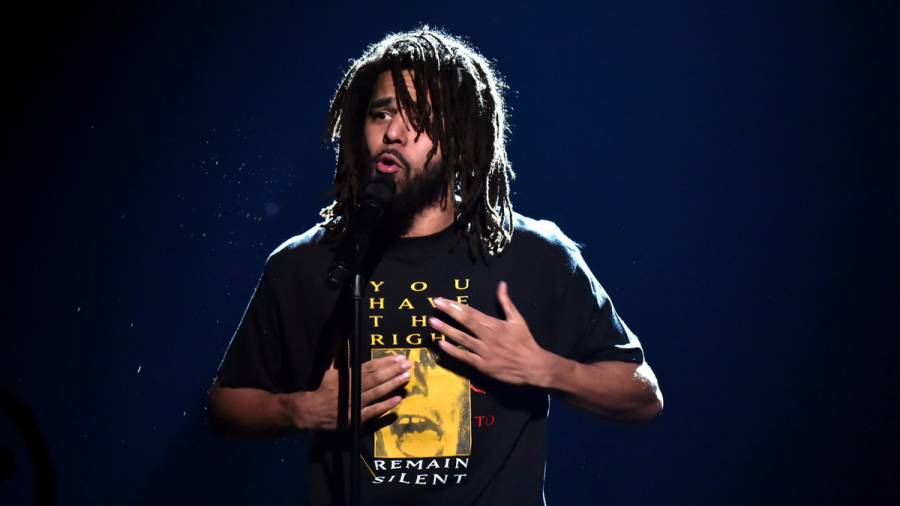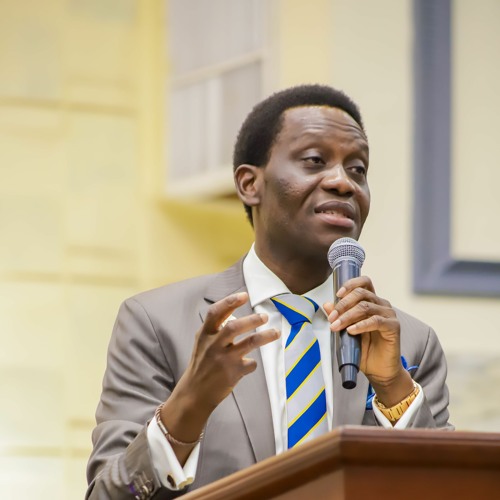BY ABDULWASIU OMOGBOLAHAN LAWAL
1. It gives me great pleasure to be here at the occasion of the annual Lagos Architects Forum, and to be able to share with you my thoughts on what I believe should be the role of the architect in the city, and to some extent, other professionals in the built environment, in a post-pandemic era, and for the next couple of decades.
2. To start with, I have always been intrigued by the way the built environment is developed and evolves, and even more so by the people who make the decisions that result in the environment that we all live in, or should I say, have to live with. As a former Commissioner of Housing in this State, I have had the opportunity to interact with many professionals in the built environment and have had discussions and exchanged ideas about the intentional steps that could be taken to make our cities work better for its inhabitants.
So, I have chosen to speak to a subject that I have themed “From Space to Place – Making Our City Work for all its Inhabitants”
3. The world is undergoing massive urbanisation, at an unprecedented rate and Africa is not exempted. According to the World Bank, for the first time in history more than half the world’s people live in cities and over 90 percent of urban growth is occurring in the developing world, adding an estimated 70 million new residents to urban areas each year. During the next two decades, the urban population of Sub-Saharan Africa is expected to double. A report by Gensler puts this in some perspective – by 2050, we would need to build a city the size of London every month, for the next 400 months, to accommodate the increasing global urban population growth.
Advertisement
4. Talking about our beloved city – Lagos: This city is one of the few in the world in a phenomenon called ‘hyper-urbanisation’, with its attendant problems including micro and macro slum developments, crippling traffic congestion, poor waste collection and management amongst others. This raises the critical questions that I hope this Forum will answer. What kind of city should we be making? and having answered this, how should be go about making it?
5. There is no doubt that the answer to these questions require some deep thoughts and engagements. But in my opinion, it starts with the primary building blocks of a city – the communities that connect together, make the city. The communities, in whatever economic strata they may be, are the foundations from which cities thrive. It therefore starts from how we engineer the spaces, and design the places within our communities, and directly, how the inhabitants interact and relate with these.
6. One of the things that has become abundantly clear particularly after the global health episode that started at the end of 2019, is the important role public awareness of health plays in urban communities. It has become clearer that safer infrastructure and more open space are essential. My contribution today must not sound like a speech or even a thesis, so I would like to speak directly to how I believe we can ensure our city thrives when we design places that are connected, resilient, healthy and inspiring.
Advertisement
7. A city is all about connection, and fostering connectivity is not only about transportation and communication. At the heart of it, is access, how people are connected to their immediate environment – to green spaces and public spaces that enable cultural and civic engagements. It seems to me that as designers, more effort has to be put into making places for people beyond their homes and work. There is sufficient evidence to support the fact that increased connectivity reduces the tensions between groups in communities, establishes a sense of belonging and makes communities more dynamic and vibrant.
8. To not mention designing healthy communities is to pretend that the pandemic did not expose some of the shortcomings in the design of the built environment, across the world. Public health and the design of cities are inseparably interwoven; the way we build our communities has a profound effect on our physical and mental health. Healthy communities ensure residents benefit from access to education, housing, jobs, the ability to live without fear of violence, freedom from environmental hazards and a meaningful built environment. Creating healthy communities is intentional. I am always intrigued by the fact that the 130Ha Hyde Park in London is not on the outskirts of the city but in the city centre, on a patch of some of the most expensive real estate in the world.
9. The reason I would touch briefly on the subject of resilience is because I understand that communities that are unable to adapt to change and quickly recover from environmental, social or economic shifts will not survive. This suggests that designers must seriously consider the factors that impede or improve resilience. According to the UN, 70% of greenhouse gases comes from transportation and cooling/heating. What are the low-tech strategies that can counter this? I am personally committed to transforming Iru Kingdom into an urban green lung. Do we know that one tree removes 8cub.metres of carbon dioxide from the atmosphere in a year, the equivalent of 11,000 miles of car emissions? So, why is tree planting and landscaping not of the same importance as thermal control or other comfort factors in design? Can we really speak about resilience when we give more importance to vehicular networks than pedestrian and low carbon means of transportation? Why are entire neighborhoods still being designed without exclusive pedestrianisation and extensive public spaces? Do we understand that investing in public spaces in the city is not only good for the community, but it is good for business and for the residents?
10. I pose these questions only because we must challenge the norm and determine that the city will work for its inhabitants and not the other way around.
Advertisement
11. Cities have to inspire. In the world’s most livable cities, arts and culture blend with business, retail, entertainment and residential districts to create desirable places to live, work and play. These cities inspire and connect inhabitants and promote the healthy lifestyles that make them places where people enjoy spending time and achieving prosperity. Lagos is a magnet city, people are drawn here by a desire to belong, engage, ‘hustle’, ‘make it’, ‘blow’. Investing in public space matters a great deal. Public outdoor places are instrumental in creating community.
12. I will not end this without sharing some of the work we have started to do since I became the Oniru of Iru kingdom. We have developed what we call the #LeGIT vision which literally means ‘Let’s Grow Iru Together’. This is a vision that seeks to evolve Iru into a sustainable city, with a truly resilient people and to achieve this, I have spent the past year engaging with groups of stakeholders within and outside our community in order to ensure that we focus on sustaining the relationships that make cities viable, and that we spend the next couple of decades implementing projects that demonstrate how some of the principles I have espoused here work, In order to create livable communities that produce better outcomes for all. We have answers to the question “what does Iru Kingdom want to be known for/as?”
13. It started with several months of data gathering. We have information about almost every relevant planning indices and metrics across the kingdom. While putting together our Kingdom Vision Document – “The Building of a Compact, Complete Community”, we have commenced pilot projects around greening our environment through a tree planting campaign I initiated in February. So far almost 1000 trees have been planted. The next phase will involve the engagement of community groups in the tree planting drive and the planting of an additional 1000 trees. We have identified locations for several pocket parks and a large community park and have received proposals for the development of these. We have also started to install solar street lights in our communities. We have brought together a group of youths whom we refer to as environmental champions, in partnership with the Lagos Waste Management Authority (LAWMA) to periodically conduct environmental sanitation and ensure that sanitary practices are upheld in Iru. Through this initiative, we have recovered and recycled over 1000 used Tyres amongst other items. We have also conducted beach cleanup exercises to uphold this and preserve life under water in alignment with ‘SDG 14’. We are in discussions regarding the review of vehicular movement within our communities and will develop solutions that give back some of our streets to humans in a carefully curated plan of creating a network of pedestrian and bicycle routes. We have initiated discussions with providers of neighborhood transportation and are keen to implement a carbon friendly solution.
14. More importantly, we have made the decision that the journey of deploying best-practice principles in city development will be put in the hands of the experts. The development of a holistic master plan is therefore our next critical milestone.
Advertisement
15. Finally, ladies and gentlemen, I believe strongly that it is possible to create a better world through the power of design. It starts with a focus on people and the places and spaces they occupy every day, human-centric design — design solutions that prioritise human experience. Through this lens, we can reimagine the future of our cities. We can shape the environment, but, the environment in turn, then shapes us, so perhaps my question should not be “what kind of city should we be making?” but “what kind of people do we want to be”.
16. I thank you all for your attention.
Advertisement
Speech delivered by Omogbolahan Lawal (Abisogun II), the Oniru of Iru Land at 2021 Lagos Architects Forum
Advertisement
